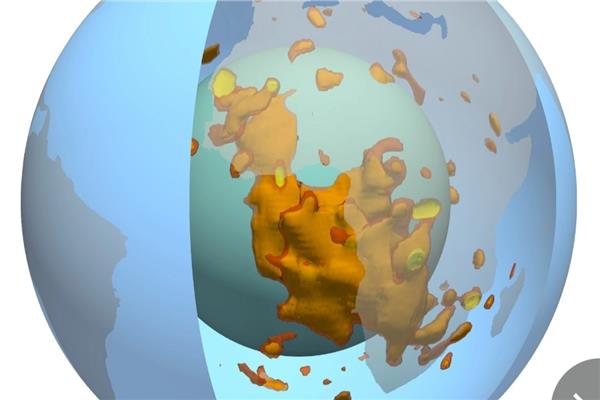With two enormous unexplained bubbles or points of rock beneath the Earth’s surface, scientists have been scratching their minds for years.
Since their discovery in 1980, several explanations have been proposed, including the possibility that they are massive chunks of an alien world.
According to geologists, one or two rock bubbles the size of a continent and 100 times longer than Mount Everest lie beneath the Earth’s crust, one under Africa and the other under the Pacific Ocean.
In search of answers to these two questions, a couple of experts have found some fascinating new discoveries regarding the two massive masses of tin, and as unlikely as it may seem, the point or bubble beneath Africa is far higher.
And, most importantly, scientists discovered that the African bubble of rocks is less thick and less stable, despite its length of around 620 miles.
Scientists believe the bubbles are to blame for the continent’s significantly greater number of massive volcanic eruptions spanning hundreds of millions of years than their counterparts on the opposite side.
“This instability has a lot of implications for surface tectonics, earthquakes, and supervolcanic eruptions,” said Arizona State University’s Qian Yuan.
He continued, “These thermochemicals, formally called as Large Low Shear Velocity Provinces (LLSVPs), were investigated using seismic wave data and hundreds of simulations. Scientists are still baffled by the enigmatic and unstable bubble the size of beneath continents “..
He went on to say, “While we now know that the compositions of the two bubbles differ, we still don’t know how this impacts the surrounding mantle, which lies between the planet’s core and the crust… Most significantly, we still have no idea where these blobs or Mysterious bubble came from.
Yuan continued, “Our combination of seismic data interpretation and geodynamic modeling sheds fresh light on the nature of Earth’s greatest structures in the deep interior and their interactions with the surrounding mantle.
